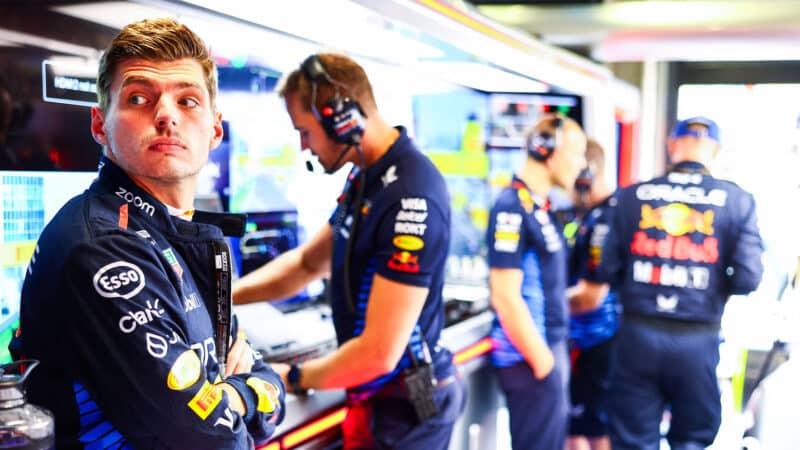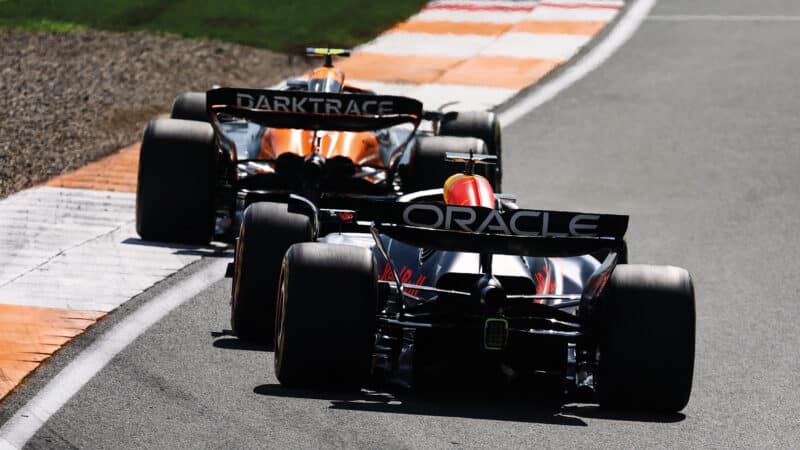“It’s a characteristic that’s been there for some time,” said Christian Horner at Monza. “Going through the data it was there at the beginning of the year even when we were winning by 20sec. Others have made a step and as we’ve pushed the package harder in response it’s exposed the issue. Even if you go back to a few races late last year, such as in Austin, the seeds of it were there… If you look at the McLaren it’s a fairly straight evolution of their ’23 car, a much simpler car than ours.” The RB20’s complexity seems to have caught the team out as it has tried to develop it.
As things stand McLaren is on course to catch and pull away from Red Bull in the constructors’ championship and even Verstappen’s big lead in the drivers’ championship is under threat. Under these stressed circumstances Red Bull is presented with the choice of continuing to plug away at unearthing where something is being lost between tunnel and track – or reverting wholesale to the car’s early-season spec. But doing the latter is not as simple as it might sound.
There have been so many changes – front wing, nose, floor body, floor edges, sidepod/engine cover (twice), rear wing, beam wing, brake ducts – that have all been developed together. Where the car is now is a million miles from where it was. Re-creating the original spec would be a massive programme for the production department within the timescale. Plus, there’s probably a reluctance to make such an admission of defeat rather than identifying and correcting the current car.

Can the team find a relatively quick fix for Verstappen?
Red Bull
Horner’s statement in Monza suggests he doesn’t want to revert. “First of all you’ve got to understand the problem and understand how to address it and then implement it. So there’ll be an engineering solution to an engineering problem.”
His lead driver might not agree that’s the best course of action…




